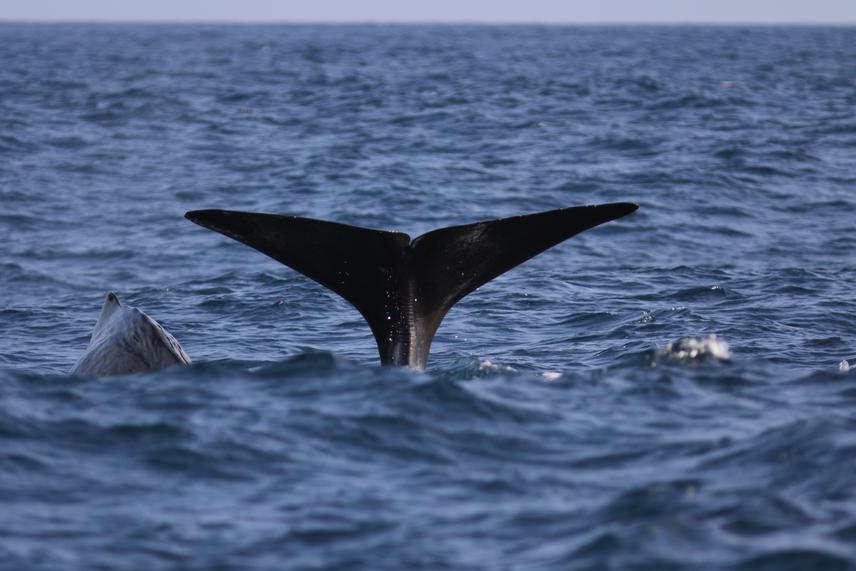Ana Eguiguren
Other projects
Off the Galápagos Archipelago, sperm whales were heavily hunted from the 19th to the mid 20th Centuries, during which over 5000 sperm whales were killed. While hunting has stopped, sperm whales remain vulnerable due to their slow life histories. They are currently threatened by entanglement in fishing gear, ship strikes, as well (presumably) chemical and noise pollution. The Galápagos Marine Reserve (GMR) protects marine biodiversity by, among others, restricting industrial fishing and vessel transit. However, offshore fisheries are difficult to monitor. Indeed, satellite tracking indicates considerable fishing effort very close to—sometimes within—the borders of the GMR, posing an unmeasured risk to sperm whales and other oceanic species. Moreover, we have found that, in recent years, sperm whales are most often found outside of the GMR boundaries, where they may be particularly vulnerable to anthropogenic threats.

Additionally, Sperm whales off the Galápagos Islands are highly nomadic, and travel thousands of kilometres across the waters of the Eastern Tropical Pacific (ETP) and shift their distribution across decades. Individuals found off the Islands have been re-sighted off Chile, Peru, Mainland Ecuador, and the Gulf of California. Therefore, to protect this deep-dwelling far-ranging species, we need to evaluate population dynamics throughout the basin.
Through my project, we will continue to monitor the population status and threats of sperm whales clans in the Galápagos Islands in 2023. We will conduct surveys in the deep waters off the Galápagos Islands on a sailboat from January to May of 2023, prioritizing the waters outside the GMR. Using aerial photography, we will assess the body condition and rates of scarring associated with human interactions (e.g., entanglements with fishing gear and vessel collisions). This will allow us to determine the degree to which sperm whales in the region are exposed to human threats.
Additionally, after leading the “Cachalotes del Pacifico” workshop, I established a collaborative research network along with colleagues from Western South American Countries. We are currently working on consolidating photo-identification catalogues to elucidate the movements of individuals throughout ETP. We also advise the UN Convention on Migratory Species (CMS) on future conservation actions to preserve the species. Ultimately, through this collaboration, we aim to monitor sperm whales in the region at appropriate temporal and spatial scales and to collectively advocate for marine policy that protects these and other highly migratory pelagic species.